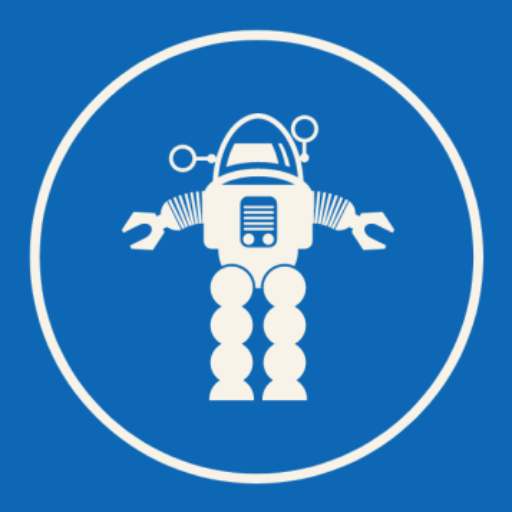Latest from MIT Tech Review – OpenAI has trained its LLM to confess to bad behavior
OpenAI is testing another new way to expose the complicated processes at work inside large language models. Researchers at the company can make an LLM produce what they call a confession, in which the model explains how it carried out a task and (most of the time) owns up to any bad behavior. Figuring out…
